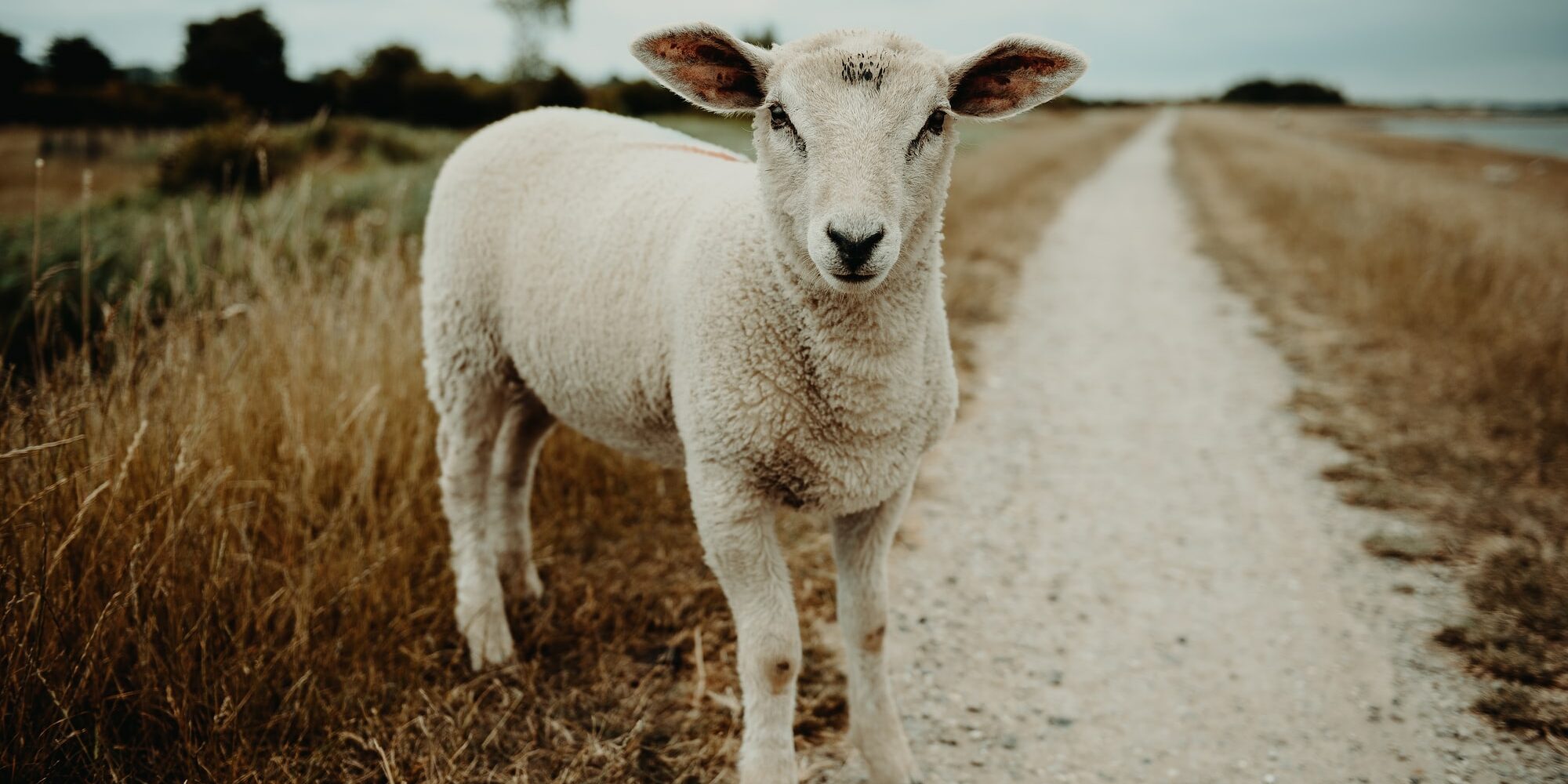What is Flystrike?
Flystrike is the most significant ectoparasitic disease of sheep in New Zealand, both from an economic and animal welfare perspective. The main flystrike challenge is during warm humid conditions, normally from November through to March, however this can vary seasonally and in some cases the challenge period can occur from October through to May or even longer.
There are four main species of blowfly that can cause flystrike. These flies are attracted to areas of the sheep where there is warmth, moisture and a food supply. It is in these areas the maggots cause the damage to the skin. Predisposing factors include faecal and urine staining, fleece rot and/or Dermatophilus infection of the wool, footrot either the lesion itself or indirectly where the feet contact the body when lying down, head injuries from rams fighting or in the case of Merino’s areas of wrinkled skin.
The earliest sign of flystrike is irritation which can be seen as tail twitching, stomping, and rubbing or biting the affected area. This is then followed a few days later with shade seeking, a lack of appetite and sheep that appear depressed. Dehydration follows. If left untreated, severely affected sheep usually die due to loss of fluid, protein and electrolytes as well as toxaemia due to the tissue damage. Treated sheep can take up to 6 weeks to regain lost condition and up to 8 months for recovery of the fleece.
Treatment of Affected Sheep
Prior to applying treatment the wool around the affected area should be removed using clippers or shears, taking care not to clip too close to skin level to prevent sunburn. Ideally, these clippings should be destroyed so the maggots can’t pupate. The main two treatments of choice are either Cyrex liquid or Maggo. Cyrex liquid is to be mixed at 10mL/5L prior to applying to the affected area. It’s not as quick acting as Maggo but has a better safety profile. Maggo is to be mixed with water at a 1:40 ratio. Unlike Cyrex, Maggo does not provide longer term protection from re-strike.
Prevention of flystrike is preferable to treatment. In some cases further treatment may be required, in such cases it is recommended to contact the clinic.
Prevention of Flystrike
In addition to the use of dips, it is key to consider non-chemical methods of prevention and adopting an integrated parasite management approach with the use of dip chemicals being one part of the overall control programme. Factors to consider when choosing a dip include the efficacy of product used, management of parasite resistance, the chemical residue level of wool, operator and animal safety, method of application, the local farming environment and overall farming goals.
Non-chemical tools to consider include good animal husbandry, the main strategies comprising crutching and dagging, shearing at strategic times, tailing, effective internal parasite control and use of high tannin crops or clean pasture. Removal of all carcass types. Being aware of farm hotspots, particularly sheltered areas of the farm. Genetic improvement to increase resistance to strike. Monitoring through the use of fly traps, although flystrike occurs at a similar time of year, the use of fly traps reduces the risk of being caught out as seasonal weather patterns can be hard to predict year to year. This ensures a preventative approach to flystrike control.
As you can see there are many control options available for the treatment and prevention of flystrike. Please don’t hesitate to call in or contact the clinic to discuss a management plan that best suits your system.
Gabby Muschamp






